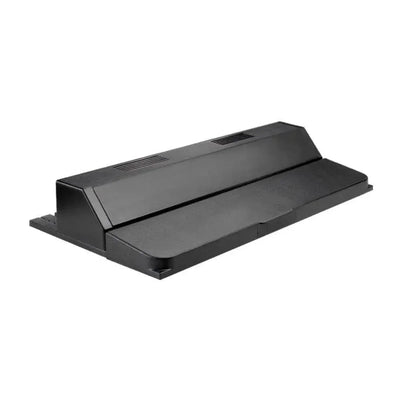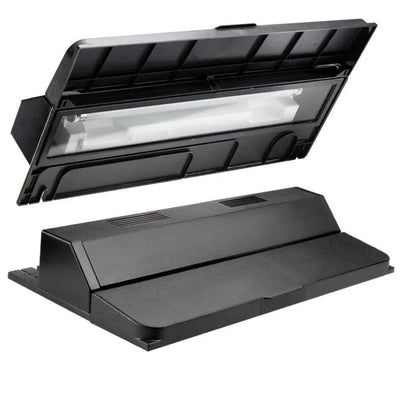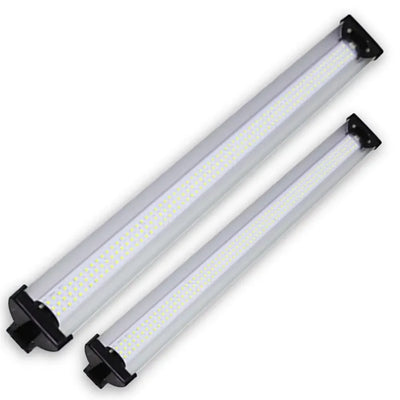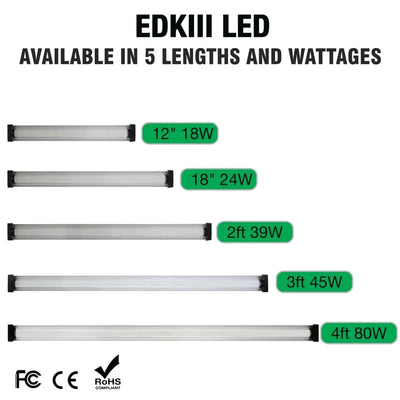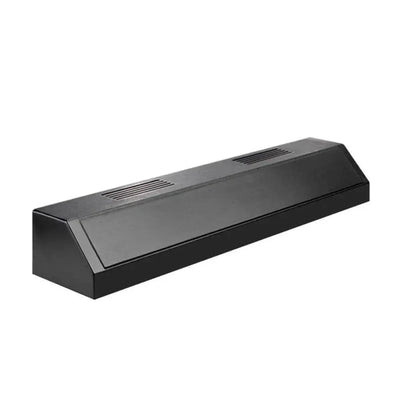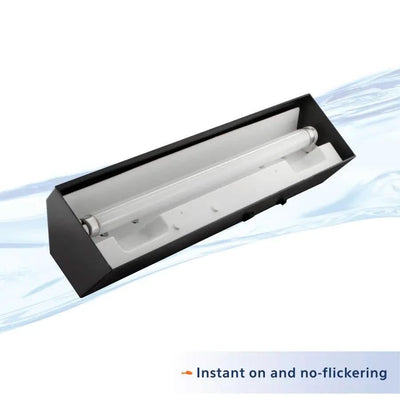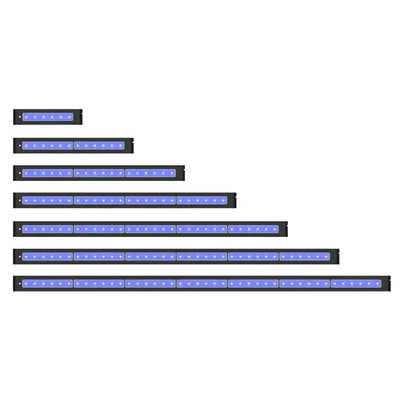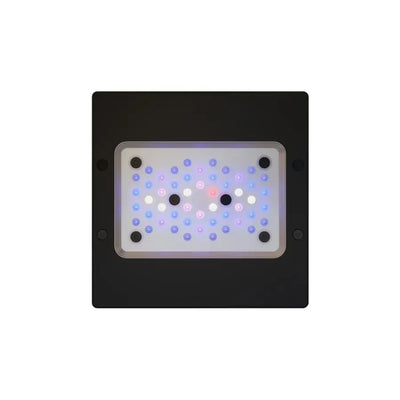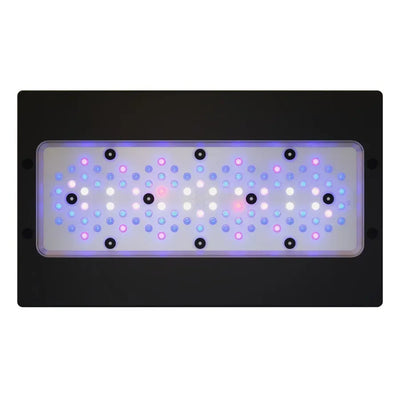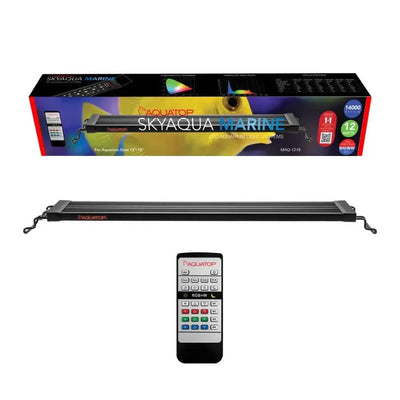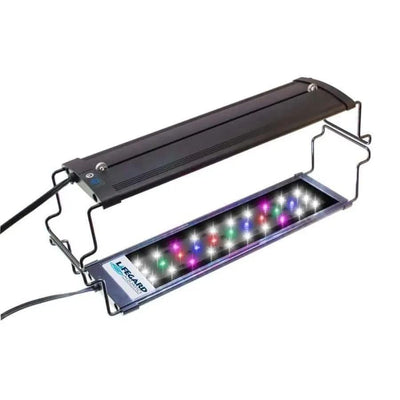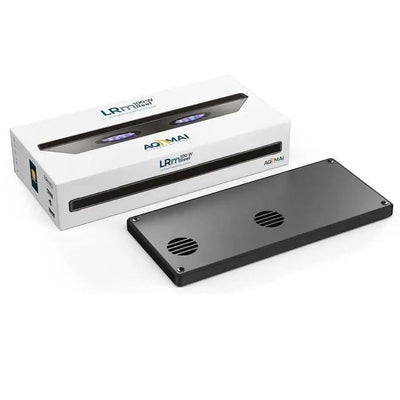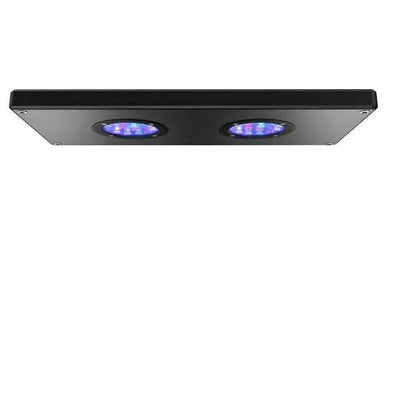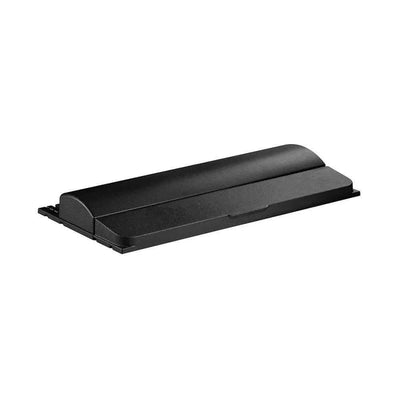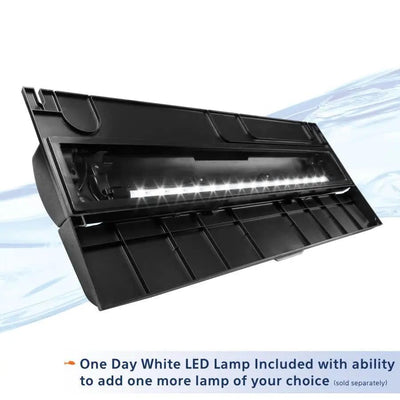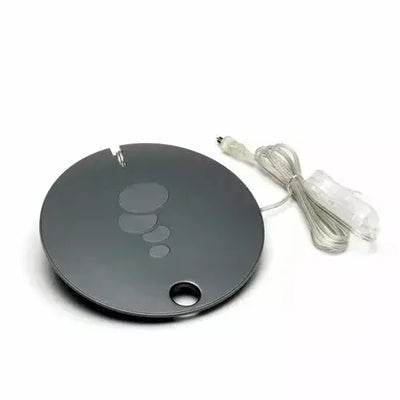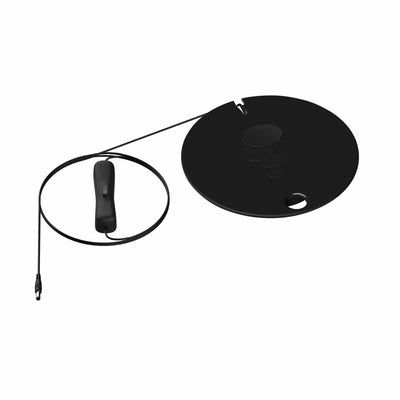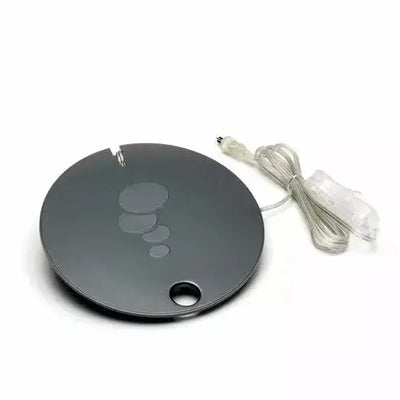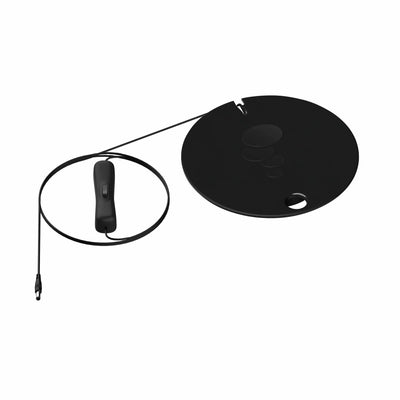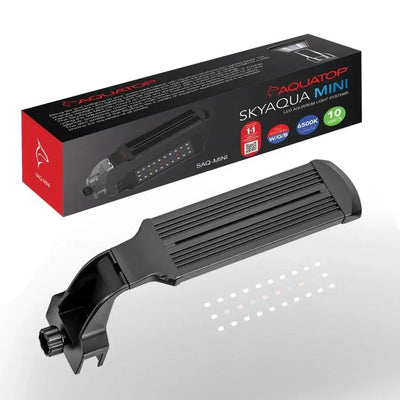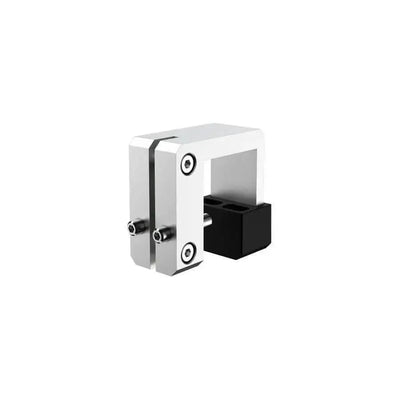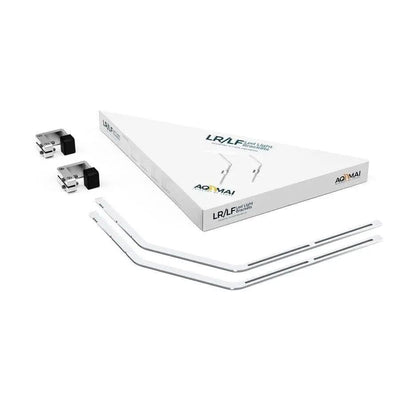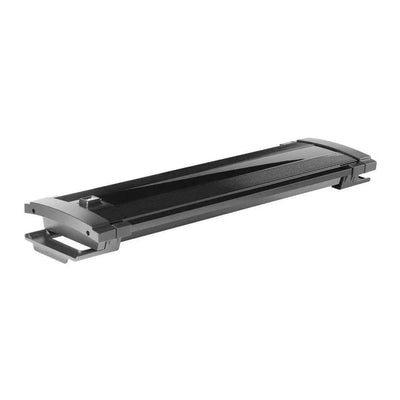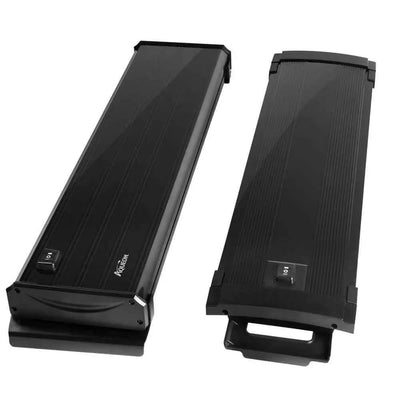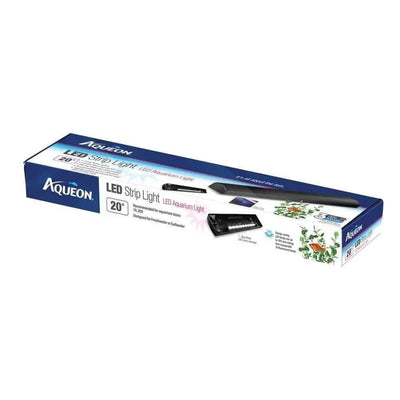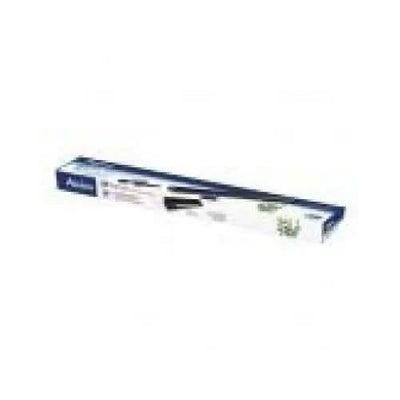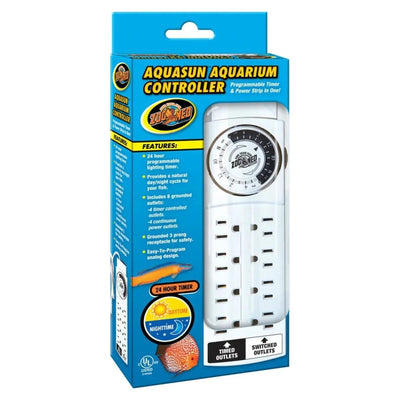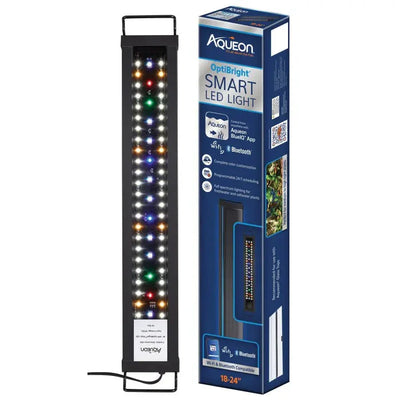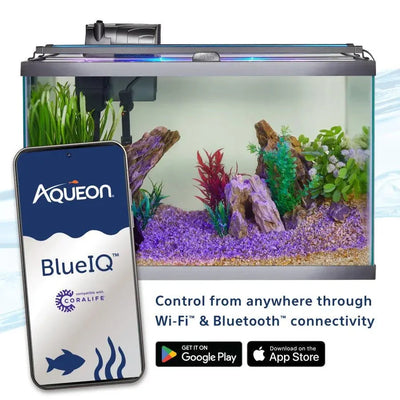Fish Tank Lights
An adequate amount of lighting is necessary for the good health of fish, plants, corals, and invertebrates inside an aquarium. The proper light inside an aquarium creates harmony and balance. The environment is well maintained if standard lighting and illumination of the aquarium are done. We have many lighting solutions available for your fish tank from simple to fancy and colorful. Moreover, there are some hidden lightning structures as well that add further enhancements to the aquarium. Overall your fish will have some great photosynthetic effects inside their little compartment. Some lights produce amazing glows while some are natural daylights.
Transform your aquarium into an underwater paradise with Fish Tank Lights! Our lights and heating accessories will provide your fish tank with the perfect atmosphere to keep your aquatic life thriving. From LED lights to powerful heaters, you'll find everything you need to create a comfortable, healthy home for your fish and invertebrates. Our experts will help customize the right lighting and heating system for your tank to ensure that it is always functioning at its best. At Fish Tank Lights, we are committed to making sure you get the perfect system for your aquarium so you can rest assured that your fish have the very best environment possible.
Bring your marine aquarium to life with Current USA Orbit Marine and Hydor Betta & Betta Bowl LED lighting solutions! Completely customize the light spectrum, intensity, and schedule for your aquarium to mimic natural daylight and provide your aquatic inhabitants with a healthy, vibrant environment. Our around-the-clock lighting solution is easy to program from your couch for convenience, while the Hydor bowl provides perfect temperature control so you can rest easy knowing your tank or bowl is at just the right temperature. Trust us to give you the lighting products that bring out the best in saltwater reefs!
Planted aquariums are gaining more and more popularity as they offer a natural and peaceful oasis in your home. But did you know that the key to maintaining a healthy and beautiful planted aquarium is choosing the right lighting? Lighting is essential for plant growth, photosynthesis, and overall well-being. But with so many lighting options available, it can be overwhelming to make a decision. In this guide, we'll explore the different types of lighting available and guide you in choosing the right one for your planted tank.
First, let's discuss the basics of plant growth. Plants require 3 key things to grow: light, nutrients, and CO2. Light is essentially energy for plants. It powers photosynthesis, which is the process plants use to convert light energy into chemical energy to fuel growth. Without sufficient light, plants will not be able to photosynthesize and will quickly deteriorate. Therefore, lighting is the most crucial component to the success of a planted aquarium.
When choosing your lighting, the intensity of light is something to consider. The intensity of light is measured in PAR (Photosynthetically Active Radiation) and determines the amount of energy available to your plants. Light intensity is based on the distance between the bulb and the bottom of your tank. A high-intensity light source will be beneficial for those with a deep tank, as light penetration is limited the deeper the tank is. In contrast, a low-intensity light will be suitable for shallow tanks.
There are several types of lighting systems available for a freshwater planted aquarium: compact fluorescent, standard fluorescent, metal halide lighting, LED, and High Output T5. Compact fluorescent bulbs are suitable for small tanks and low to medium light plants. Standard fluorescent bulbs are economical and provide good coverage for a planted aquarium. Metal halide lighting is the most potent form of lighting, but it generates a lot of heat and can be expensive. LEDs provide a more energy-efficient option and can last for up to 50,000 hours. High Output T5 is a newer technology and is becoming increasingly popular for its energy efficiency and the high amount of PAR it offers.
The next factor to consider is the type of light you'll need for your live plants. The main factors you need to think about are color temperature and spectrum. Plants require red and blue lightwaves to photosynthesize, which is something to bear in mind when choosing a bulb. Cool white bulbs emit a high amount of blue light, while warm white bulbs produce red light. A combination of both is best for plants. You should aim for a bulb with a color temperature of between 5000K to 7000K.
Planted tanks are delicate ecosystems, and it is crucial to monitor the light intensity, photo period, and nutrient supply. A lighting timer is an excellent addition to your aquarium setup as it enables you to regulate the amount of time your lights are on, which in turn reduces the chance of algae growth and extends the longevity of your bulbs. We advise beginners to start with 8-10 hours of light per day and monitor your tank's progress. You can adjust the photo period up or down as required.



